
Most cat owners will have caught their cat with eyes filled with tears at some point. The anatomy of cats’ tear ducts is exactly the same as humans, and the secretions from the ducts are the same, too. The difference between humans and cats is the reason why these tears appear. Read on to find out what causes cats to well up.
Cat's eyes do release tears for many different reasons, but they don't have the ability to tear up with emotion or because of pain. Most often, tearing in cats is due to a medical issue, such as an eye infection, debris in the eye, injury to the eye, or glaucoma. If you notice any changes in your cat's behavior, schedule an appointment with your veterinarian as soon as you can.Key Takeaways
Do Cats Cry Like Humans?
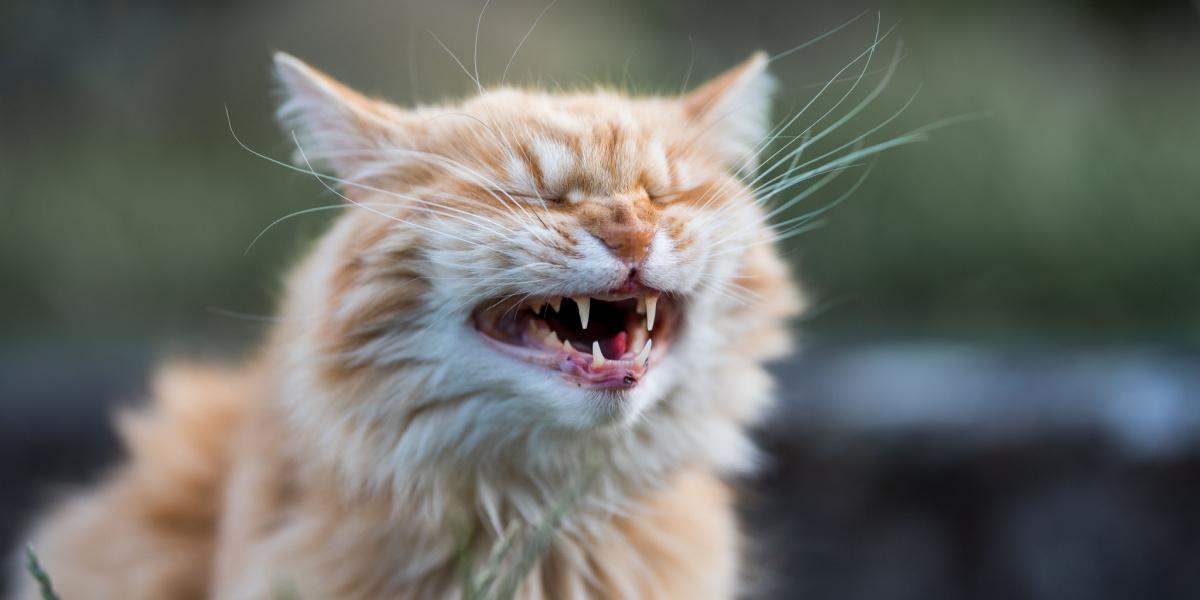
Cats do cry, but for different reasons than humans cry.
If you have caught your cat with teary eyes, you might have thought they are upset or sad—these are real tears after all. As humans, who are highly intelligent and emotional beings, we tend to anthropomorphize and allocate emotions to animals that they aren’t actually capable of.
It would be a natural reaction to assume that your cat is sad or upset if they have tears in their eyes. After all, that’s exactly what happens to us when we get sad. Cats just aren’t wired the same way as humans are, so when they are feeling strong emotions or pain, they don’t shed tears like we do.
Having said this, cats do get upset. They might cry out or vocalize to let us know they are sad or happy or to communicate with us. Cats don’t, however, produce tears because of these emotions.
6 Reasons Your Cat Is Crying
If they aren’t crying because they are sad or hurt their paw, why do we sometimes see tears in our cat’s eyes? Let’s explore the reasons for cat tears.
1. Allergic Reaction
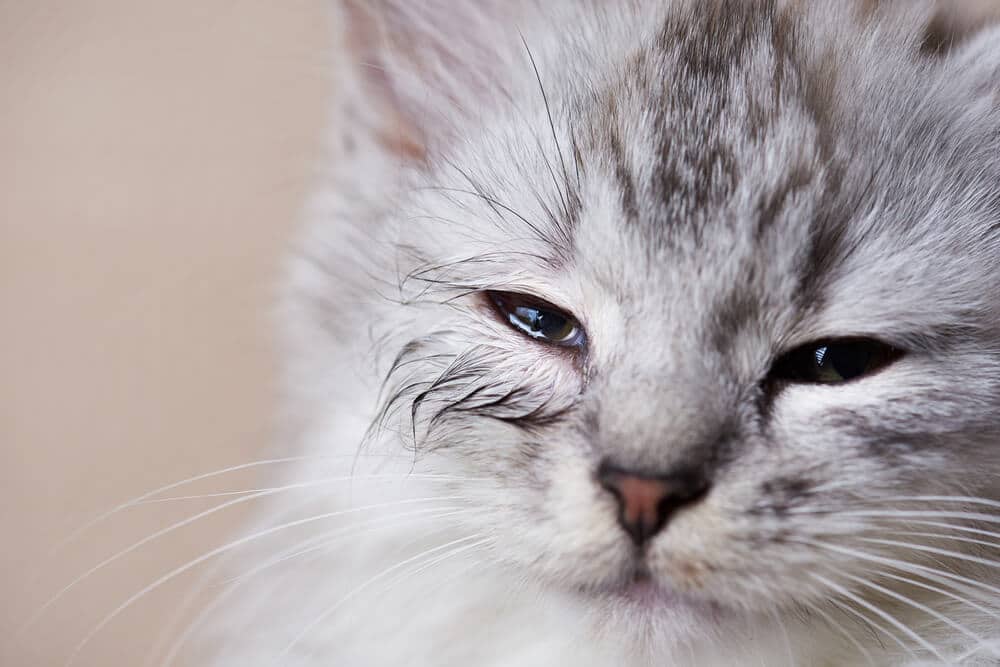
Similar to humans, allergies can cause a cat’s eyes to tear and run.
Some cats are allergic to specific things in their environment. This is very common with cats. Things such as fleas, foods, dust, pollen, or molds can cause allergic reactions. Certain chemicals, perfumes, cigarette smoke, or cleaning products can also set them off. Symptoms include watery eyes, sneezing, and itching.
2. Cat Flu

Cat flu can cause watery eyes and other symptoms like fever.
Cats can catch the flu just like humans. It usually manifests as a runny nose and watery eyes. Your cat might also be quieter than usual or lethargic, go off their food, and have a fever. Common causes of flu in cats include feline herpesvirus or feline calicivirus.
Other upper respiratory infections can also cause watery eyes. There are also other viral diseases in cats that make their eyes water. Your veterinarian will be able to diagnose these.
3. Eye Infections/Conjunctivitis

Cats with eye infections will shed tears and usually colored discharge, as well.
Some cats are very prone to viral or bacterial eye infections. You will usually see green or yellow discharge coming from the eye and some redness of the conjunctiva, also called pink eye. Their eyes will definitely water, too!
4. Blunt Trauma or Foreign Body

A cat’s eye will tear if they injured their eye or if something irritating is trapped in the eye.
If your cat has an injury to their face around the eye area, or if a small spec of debris gets into their eye, this will make it water. Your cat might also blink, try to scratch their eye, or hold the eye completely shut.
5. Glaucoma
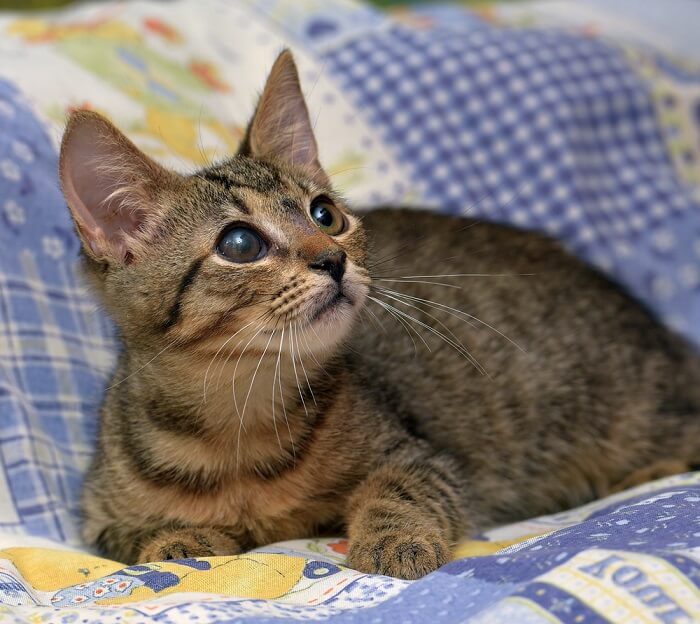
Glaucoma is a painful disease of the eye that can cause cats to cry tears.
This is a disorder of the eye where the liquid in the front of the eye (called aqueous humor) doesn’t drain properly. This results in the accumulation of fluid that causes excess pressure on the optic nerve. Amongst other things, watery discharge is a sign of glaucoma.
6. Eye Ulcers
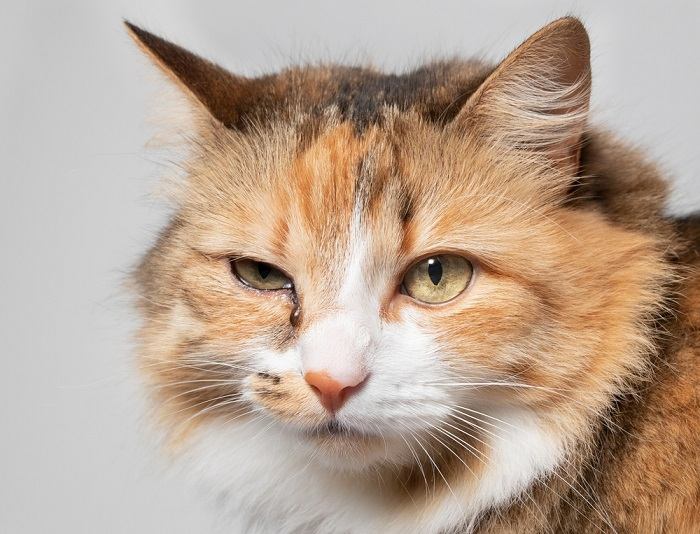
A scratch to the cornea of the eye can result in an ulcer, which can cause tearing and pain.
If there is damage to the surface of the eyes, called the cornea, this can result in an ulcer. This is a very painful condition and it can cause excessive tear production.
If you are at all concerned about the health of your cat’s eyes, it’s best to book an appointment with your veterinarian to get checked out. There are many medical conditions that affect your cat’s eyes and some of them are severe.
How Do Cats Tell Us They Are Sad?

Cats don’t cry when they are upset, but there are other ways to know your cat is feeling sad.
We know that cats don’t shed tears when they are sad, but they do have other ways of communicating to us that they are upset. They are more than capable of physically expressing pain and sadness. Cats do experience physical and emotional pain just the same as us humans. When this happens to them, they change their behavior to reflect what they are feeling. This doesn’t include shedding tears but it does include some of the things below:
- Hiding
- Going off their food
- Crying/vocalization
- Stopping purring
- Trembling
- Attacking people or other animals
- Over-grooming
- Pooping or peeing outside the litter box
- Digging or scratching in their litter box
Bear in mind any behavior change can indicate physical pain or emotional distress. It’s very important to get your cat checked out by your veterinarian if you have any concerns at all.
What Does It Mean if Your Cat Is Crying Out?
If your cat starts meowing, crying out, or vocalizing in any way, they are usually trying to tell you something. Reasons cats cry out include:
1. Feline Cognitive Dysfunction

As with dementia in humans, feline cognitive dysfunction causes confusion.
This is a disorder similar to dementia in humans. In cats, it affects awareness, memory, sight, and hearing, including your cat’s perception of these senses. Your cat can become very confused and disoriented. This might cause them to wander around the house crying out, which is a sad thing to see.
2. Separation Anxiety

Cats suffering from separation anxiety might cry out.
Your cat may be suffering from separation anxiety. This is where they show signs of distress when they are left on their own. They often feel lonely when they aren’t in the company of their primary caregiver. This can cause increased vocalization or for them to cry out.
3. Pining for a Lost Companion
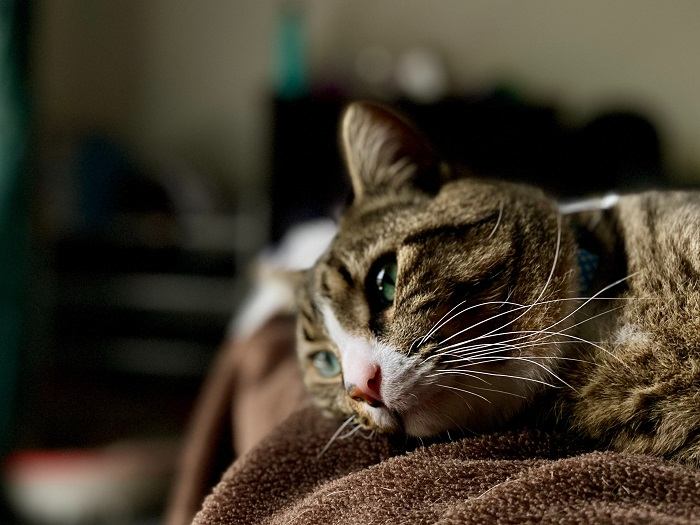
Cats do grieve when family members die or move out of the house.
Cats do pine for their family members if they pass away or leave the house. They can get distressed looking for them as they don’t understand why they have suddenly disappeared. The loss of a loved one affects them just as it does us, humans.
4. Reacting to Others in the House
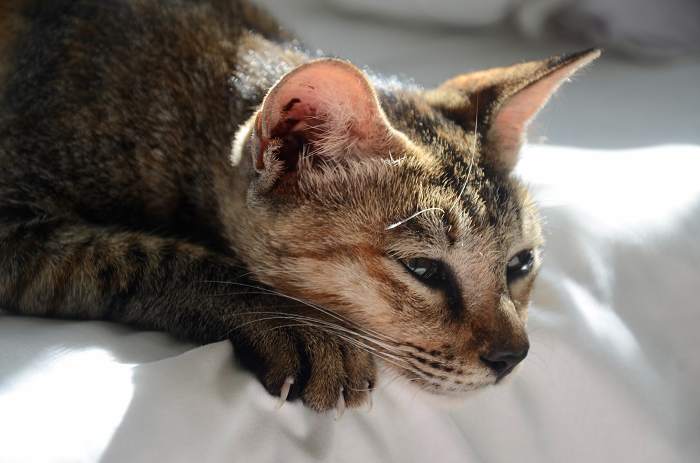
Cats can become affected by human emotions.
Cats might change their behavior if they are reacting to other humans in the house. If there is a strong bond between you and your cat, and you are feeling sad or angry—your cat will pick up on this. Cats react to our body language and facial expressions. They don’t like to see us sad or upset as it makes them feel insecure in their home environment.
5. Pain
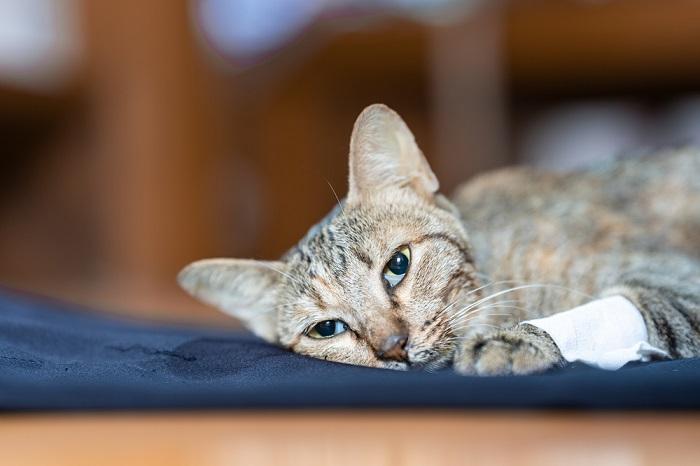
If you ever suspect your cat might be in pain, schedule a vet exam as soon as possible.
Any sort of pain can cause our cats to vocalize. Unfortunately, as our cats get older, there are more reasons for them to experience chronic pain with conditions such as arthritis. This can cause them to cry out or vocalize when they do painful activities, such as jumping down from worktops or sofas.
However, they may also be painful just moving around the house, so it’s very important to arrange a checkup with your veterinarian if you have any concerns.
How Can I Help My Cat if They Are Sad or in Pain?

It’s important to identify the underlying cause of the behavioral changes you are seeing.
As previously mentioned, the first thing to do if you are at all worried about your cat is to make an appointment with your veterinarian so that they can examine your cat and rule out any health issues.
If your cat is given a clean bill of health but you are still in the dark as to what is upsetting them, try to figure out what is causing their behavioral changes. If you think that your cat is pining for a loved one, the next step would be to set aside time to spend with them to be there for them and comfort them.
Play with their favorite toys or give them a belly rub in their favorite armchair. If they particularly love a snuggly blanket or cushion, bring it to them when they are lying down or sleeping. Some cats respond well to different types of music.
You can try playing them some calming music if they seem to enjoy it. If you think your cat has separation anxiety, you can read here about ways to help them.
Final Thoughts
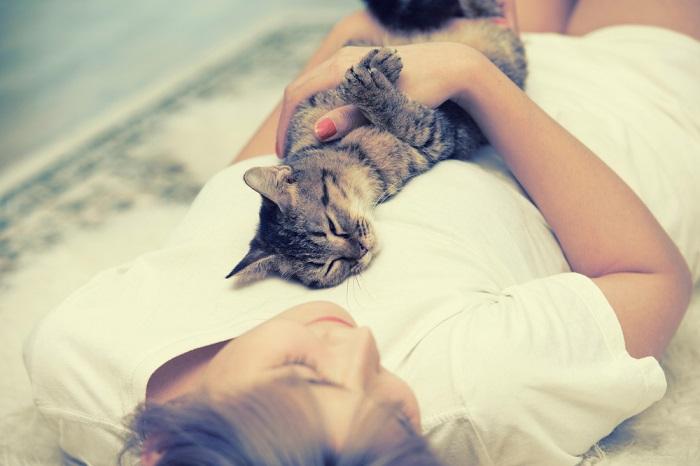
Tears in a cat’s eyes are most often caused by a medical issue.
Cats shed tears for many reasons. Although humans associate crying with sad emotions primarily, in cats, tearing is normally caused by a medical reason. If your cat’s behavior suddenly changes around the house, they might be experiencing sad emotions or be in pain.
There are many ways to help your cat if they are sad or hurting. If you see your cat’s eyes watering, the best thing to do is to get them checked out by your veterinarian.
Frequently Asked Questions
Do cats cry tears from pain?
Cat's eyes do release tears for many different reasons. They don't, however, cry emotional tears from being in pain. Your cat might cry out or yowl if they experience pain but they do not leak tears when they have an injury or painful stimulus.
Do cats cry tears when sad?
Cats don't cry tears when they are sad. They are incapable of such complex emotional reactions. Cats do react to things in their environment and they can respond in positive or negative ways, but they don't have the ability to tear up with emotion the same way humans do.
How can you tell if a cat is crying in pain?
If your cat is in pain, you can usually tell from their behavior. They will often become withdrawn, and interact less with their family. They might lash out unexpectedly when touched in certain places.
They might go off their food and drink less. They might yowl or hiss more. If you notice any changes in your cat's behavior, don't hesitate to schedule an appointment with your veterinarian.







